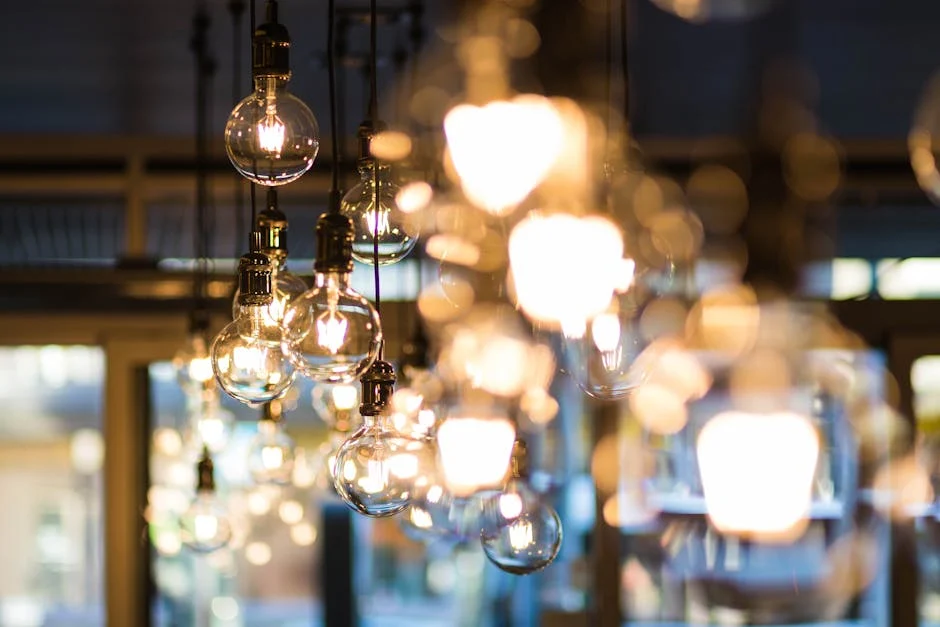Lighting
Introduction
Lighting is more than just illuminating a space; it’s a crucial element of design, functionality, and even well-being. From setting the mood in your living room to ensuring safety in your workspace, choosing the right lighting can dramatically impact your environment. This article will explore the different types of lighting, key considerations for selecting the best options, and how to optimize lighting for various purposes.
Types of Lighting
Ambient Lighting
Ambient lighting, also known as general lighting, provides overall illumination for a room. It aims to create a comfortable level of brightness without glare.
- Purpose: Overall illumination of a space.
- Examples: Chandeliers, recessed lighting, ceiling fixtures, wall-mounted fixtures.
- Key Considerations: Brightness level, color temperature, energy efficiency.
Task Lighting
Task lighting focuses on illuminating specific areas where tasks are performed, such as reading, cooking, or working.
- Purpose: To illuminate a specific area for a specific task.
- Examples: Desk lamps, under-cabinet lighting, reading lamps, pendant lights over kitchen islands.
- Key Considerations: Directionality, brightness, adjustability, minimizing shadows.
Accent Lighting
Accent lighting is used to highlight specific objects or architectural features, adding visual interest and drama to a space.
- Purpose: To highlight artwork, architectural details, or other focal points.
- Examples: Track lighting, spotlights, wall sconces, picture lights.
- Key Considerations: Beam angle, color rendering index (CRI), placement.
Factors to Consider When Choosing Lighting
Light Source (Bulb) Options
The type of bulb you choose significantly impacts energy efficiency, lifespan, and the overall look and feel of the light.
- Incandescent Bulbs: Traditional, warm light, but less energy-efficient and shorter lifespan.
- Halogen Bulbs: Brighter and more energy-efficient than incandescent, but still produce heat.
- Compact Fluorescent Lamps (CFLs): More energy-efficient than incandescent and halogen, but contain mercury.
- Light Emitting Diodes (LEDs): Most energy-efficient and longest-lasting option, available in a wide range of colors and brightness levels.
Color Temperature
Color temperature is measured in Kelvin (K) and describes the warmth or coolness of light.
- Warm White (2700K-3000K): Creates a cozy and inviting atmosphere, ideal for living rooms and bedrooms.
- Cool White (3500K-4100K): More energizing and neutral, suitable for kitchens and bathrooms.
- Daylight (5000K-6500K): Mimics natural daylight, best for workspaces and areas where accurate color rendering is important.
Light Output (Lumens)
Lumens measure the total amount of light produced by a bulb. Higher lumens equal brighter light.
- Consider the room size: Larger rooms require higher lumen output.
- Consider the task: Tasks requiring precision need more lumens.
- Refer to lighting guides: Many resources provide recommendations for appropriate lumen levels for different rooms and activities.
Energy Efficiency
Choosing energy-efficient lighting can save you money on your electricity bill and reduce your environmental impact.
- Look for Energy Star rated products: These products meet strict energy efficiency guidelines.
- Compare wattage: Lower wattage generally means lower energy consumption.
- Consider LED lighting: LEDs are the most energy-efficient option available.
Optimizing Lighting for Different Spaces
Living Room Lighting
Layered lighting is key for a comfortable and inviting living room. Combine ambient, task, and accent lighting to create a flexible and functional space.
Kitchen Lighting
Bright, even lighting is essential for safety and efficiency in the kitchen. Use a combination of ambient lighting, under-cabinet lighting, and pendant lights over the island.
Bedroom Lighting
Create a relaxing and restful atmosphere with soft, warm lighting. Consider using dimmers to adjust the brightness levels.
Bathroom Lighting
A combination of ambient and task lighting is needed in the bathroom. Ensure adequate lighting around the mirror for grooming and makeup application.
Conclusion
Selecting the right lighting requires careful consideration of various factors, including bulb type, color temperature, lumen output, and energy efficiency. By understanding the different types of lighting and how to optimize them for specific spaces, you can create a more functional, aesthetically pleasing, and energy-efficient home or office environment. Consider your needs and the specific characteristics of each space to make informed lighting choices that will enhance your daily life.














Post Comment